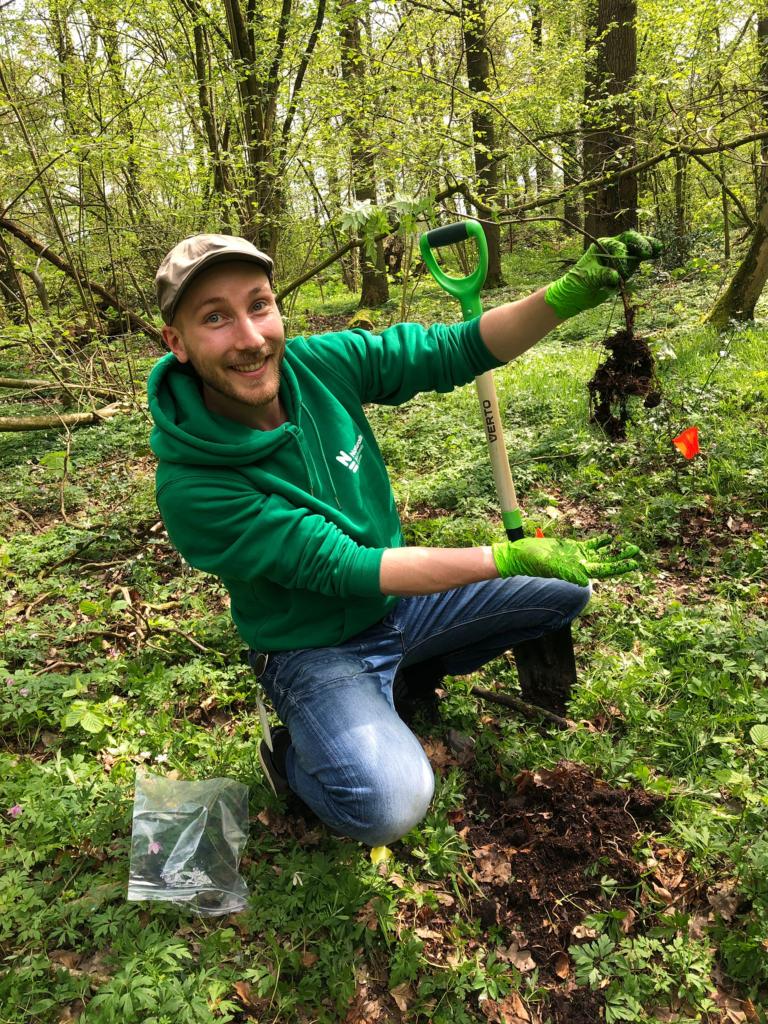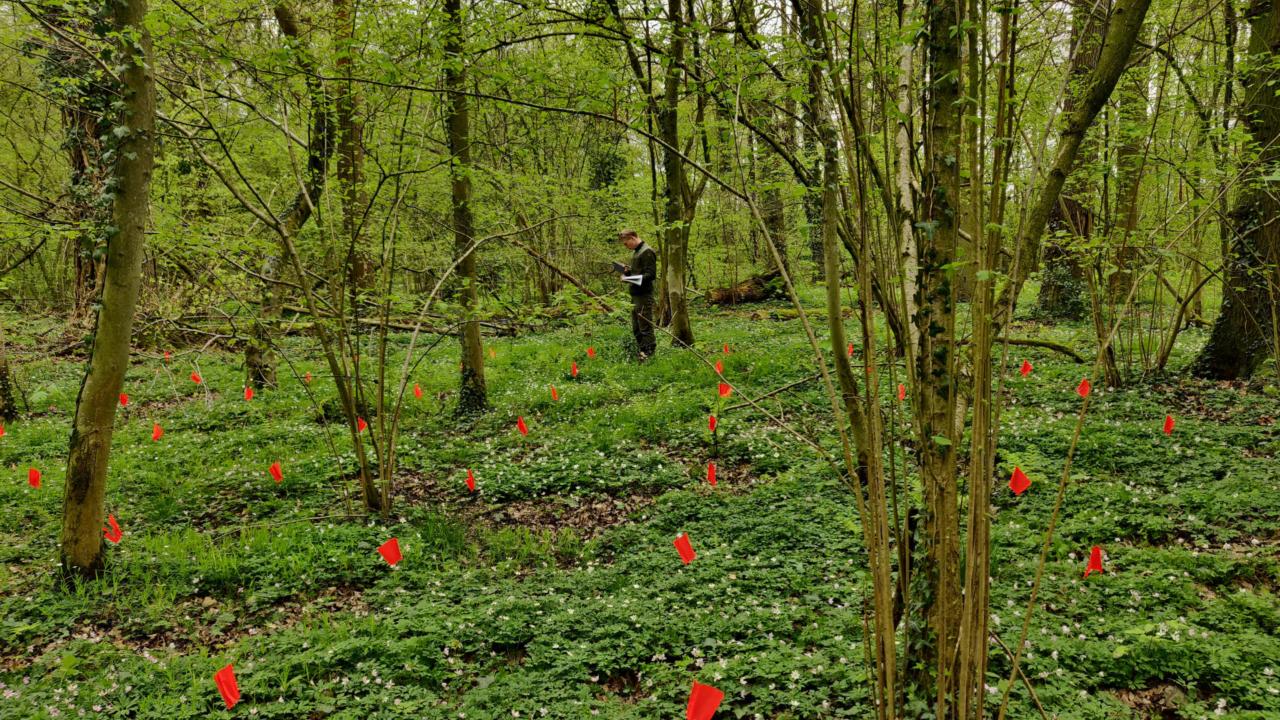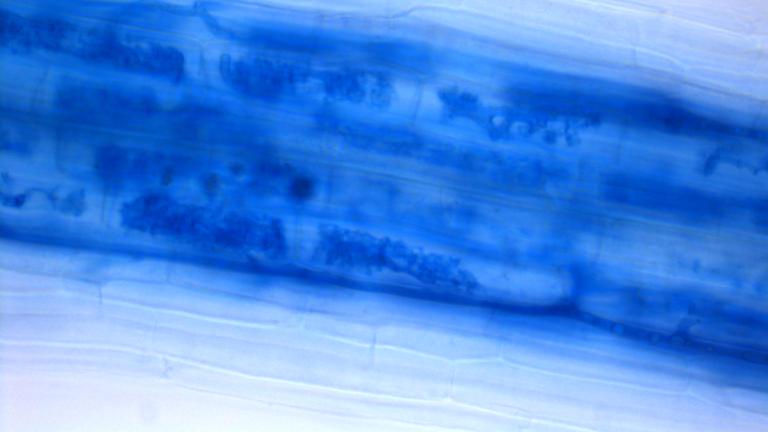
As a PhD-student, I research the fascinating world of interactions between arbuscular mycorrhizal fungi and plants. New evidence shows that many plants might be able to obtain carbon from plant-linking mycorrhizal networks in addition to photosynthesizing, turning our understanding of how plants work upside down. My PhD is all about figuring out which plants can take up carbon from fungi, which fungi allow them to do this and, importantly, how these interactions are structured.
Keywords
Mixotrophy, arbuscular mycorrhizal fungi, Glomeromycota, metabarcoding, interaction networks, partial mycoheterotrophy
Researchlines
Plants taking up carbon from fungi in addition to photosynthesis are called mixotrophic. To find out if plants are mixotrophic on arbuscular mycorrhizal fungi (AMF), I use three lines of research:
- DNA metabarcoding
- Isotope analysis
- Microscopy
- AMF are microscopic fungi that live inside plant roots. Because microscopic identification is limited, we use DNA-sequencing to identify which fungi are present in the roots of plants.
- The abundance of stable isotopes (natural variants of common atoms) allow us to determine what the carbon source for the plant was; fungal or photosynthetic. In the same way, if we would look at the stable isotopes in our own bodies, we would be able to tell the difference between vegetarians/vegans and meat-eaters!
- The microscopic structures of the fungi in roots gives us clues about it’s mixotrophic capabilities.

